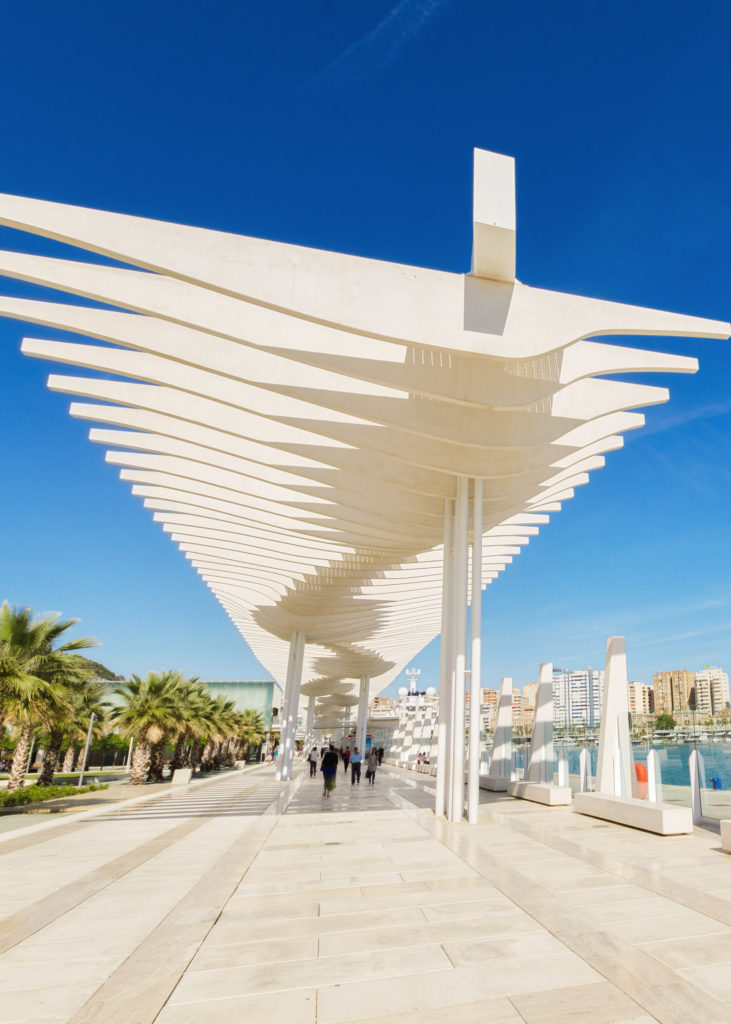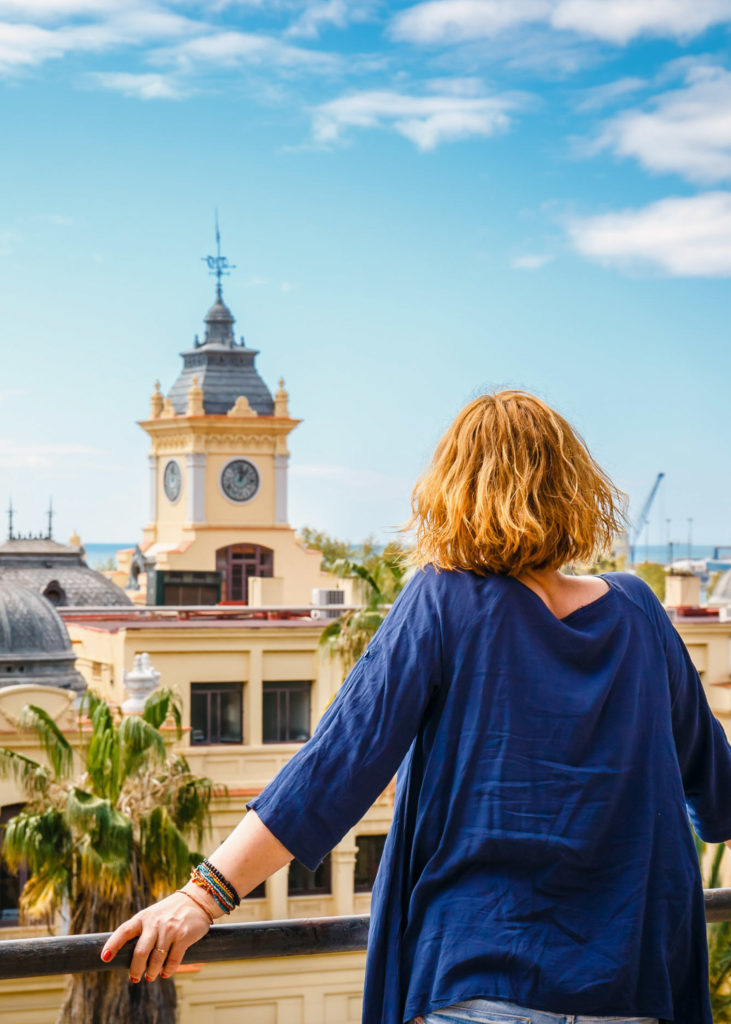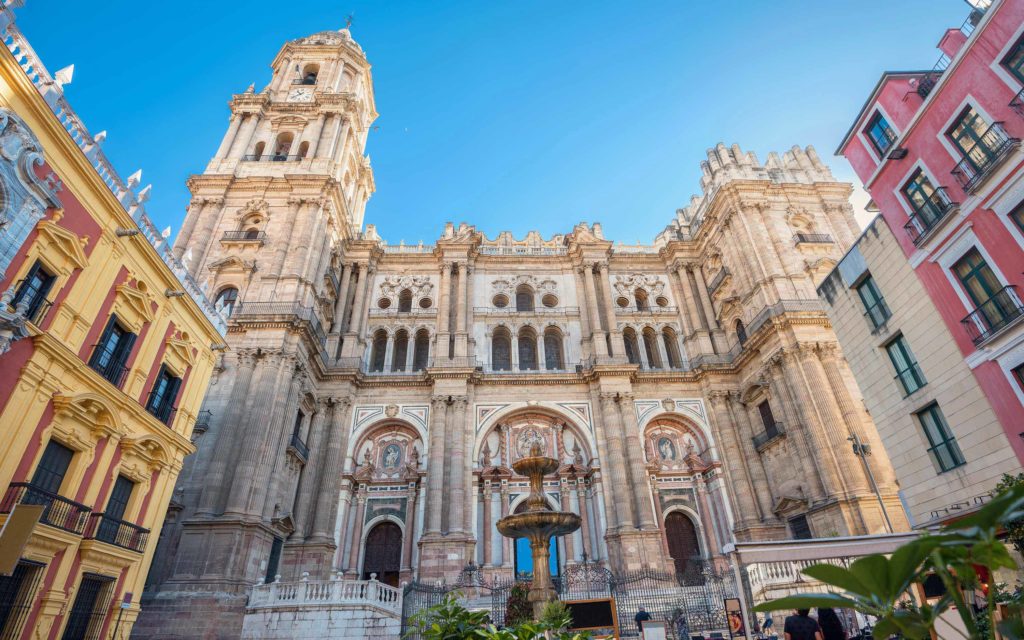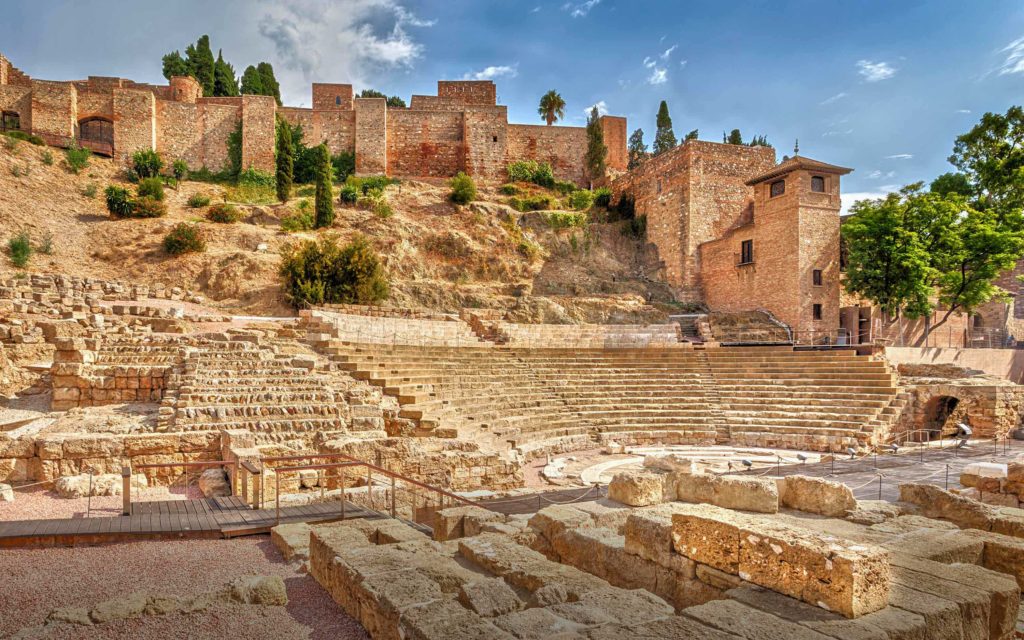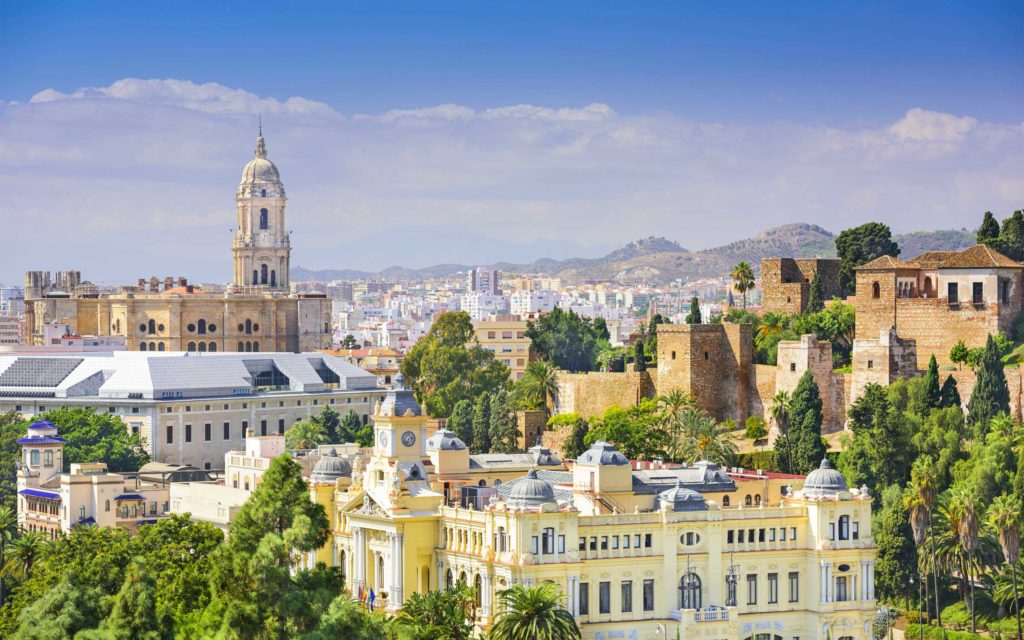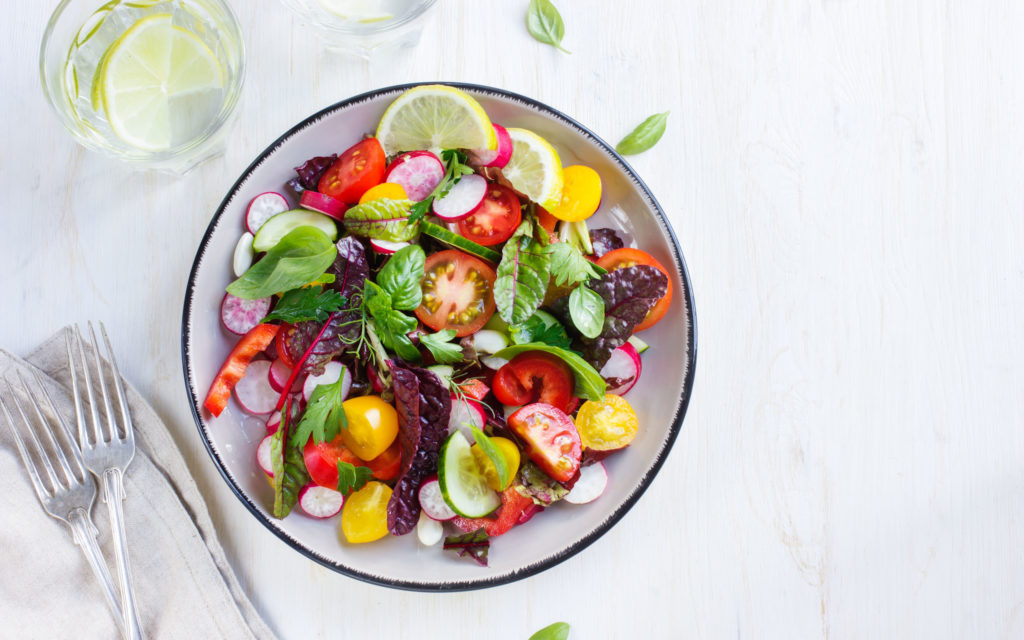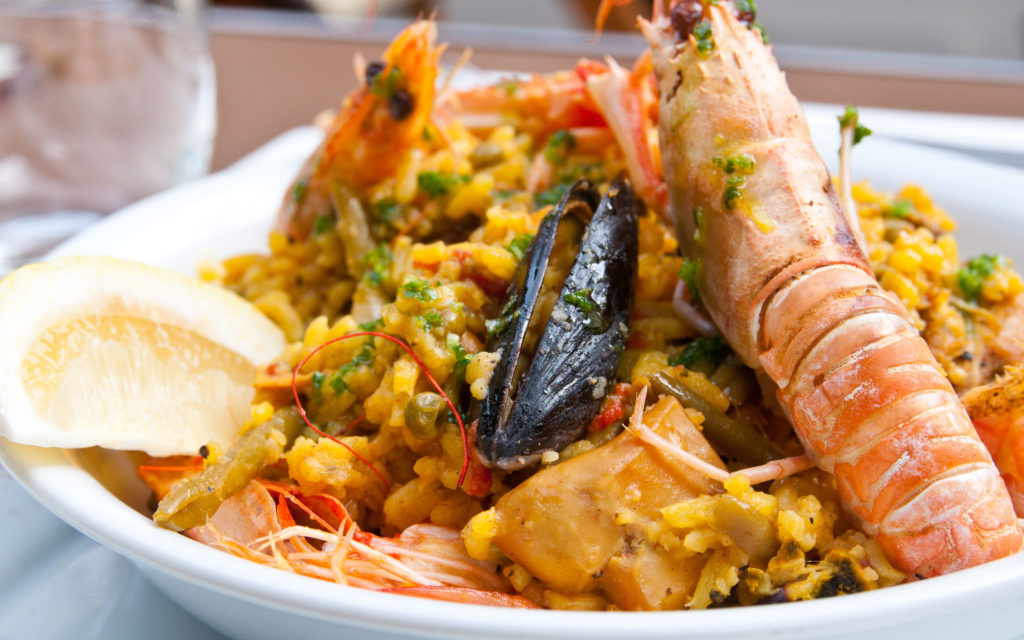

Sat: 10am to 15pm

Sat: 10am to 15pm
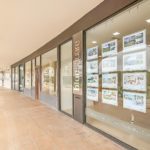
Sat: 10am to 15pm

Sat: 10am to 15pm

Sat: 10am to 15pm

Sat: 10am to 15pm
Lifestyle
Described by the Spanish poet Vicente Alexandre as “the city in paradise”, Malaga is the capital of the Costa del Sol and the sixth largest city in Spain. With a population of around 570,000, it’s also one of the oldest settlements in Europe dating back to the Phoenicians who arrived in 6000BC.
Since then, the Mediterranean port has attracted a long list of visitors including Romans, the Moors, traders from Britain, France and Germany, Picasso’s family (the artist was born in Malaga) and more recently, tourists from Northern Europe and America in search of a cultural holiday.
But it’s been over the last 20 years that Malaga has seen its biggest transformation and gone from “just an airport” to a thriving city-break destination breaking records for visitor figures quarter after quarter. Known as “Museum City” for the over 30 museums (they include the Pompidou Centre and the Picasso Museum), Malaga has plenty to offer the tourist and resident. World-class culture, historic monuments, excellent shopping and sandy beaches make up just some of the attractions in a city.
If you talk to expats in Malaga, you’ll find a common theme in your conversations – many arrived in the city for a holiday and ended up staying permanently. The easy-going lifestyle is one of the main reasons that many foreigners end up not going home after their visit and unsurprisingly Malaga featured in the top ten European cities in the last Eurobarometer for Quality of Life (2016).
The weather ranks among one of the most compelling reasons to love Malaga. The small resort of Torrox to the east of the city has, according to Meteogroup, the best climate in Europe and Malaga city enjoys a similarly pleasant weather. Think 320 days of sunshine a year, warm winter temperatures and low rainfall – hardly anything is ever rained off in Malaga! And if you hanker after snow, Sierra Nevada ski resort with 110km of ski slopes is just two hours’ drive away and open from early December to Easter.
A year-round cultural calendar also persuades people to return again and again or eventually stay. Malaga has a Philharmonic Orchestra, several choirs and the Cervantes Theatre hosting the annual Theatre Festival, Jazz Festival and Film Festival. Malaga also does traditional events extremely well. Holy Week in the city ranks among the most famous in Spain and the Christmas light display on Calle Larios attracts thousands every year.
The August Fair claims to be the biggest summer party in southern Spain with a giant firework display and over a week of celebrating in true Andalusian style. Other annual events include Carnival before Lent, the Gastronomy Festival in May and Midsummer (the Night of San Juan) to welcome the summer season.
People
Malaga has always been famous for its hospitality. The port-side city has welcomed inhabitants from all the world for centuries.
The Phoenicians and Romans settled in the area for years as did the Moors. The 18th century onwards saw the arrival of European traders, drawn to the opportunities in Malaga’s wine sector and the mining and lead smelting industries.
The locals love to laugh and joke – take a tour round Atarazanas Market on a weekday morning to see what we mean. You can also get a good idea of Malaga hospitality at the events during the year such as Carnival when everyone lets their hair down or Malaga Fair in August with eight full days of celebrations. In 2019, the Happiness Research Institute declared that the people who smile most in the world live in Malaga.
You’ll also find a mixture of the old and the new in the locals. The Malagueños revere their traditions such as Holy Week but also embrace new monuments in the city such as the Pompidou Centre with its iconic multi-coloured cube. They’re forward-looking in business too and Malaga is home to the Andalusian Technological Park with nearly 650 companies and a turnover in excess of €2,000 million in 2018.
Architecture & Market
Like all Andalusian cities, Malaga has a mixture of architectural styles as a result of the different people who settled there.
The oldest buildings date back to Roman times when the city was an important port of call and major production area for the prized garum tuna fish oil. Not a lot remains other than the Roman Theatre and pieces of Roman walls that pop up in the most unusual places such as in the basement at the Vincci Posada del Patio Hotel.
Malaga formed part of Al Andalus between the 8th and 15th centuries and the Moors left an indelible mark on the city. The most important monument is the Alcazaba Fortress whose intrinsic mosaics, patios and courtyards are reminiscent of the Alhambra Palace in Granada. You’ll also see tall towers on the churches, previously minarets and sections of medieval walls around the city, also part of the Moorish heritage in the city.
After the conquest by the Catholic monarchs, the city entered a period of posterity when many of the mansions and palaces in the city centre were built. The most important churches date from this period too and share an ornate Baroque style.
The late 19th century saw some of the finest civil architecture under the Strachan family who designed many of Malaga’s most elegant buildings including City Hall, Calle Larios and surroundings, and the Gran Hotel Miramar.
It's impossible not to fall in love with this city
Mariyana Nacheva
What You Will Love
Hans Christian Anderson who lived in the city for several years said, “In none of the Spanish towns have I been so happy, so entirely at home as here in Malaga”, and the city’s joie de vivre is certainly contagious.
As well as smiling, you’ll find that relaxing and feeling in harmony with life becomes second nature as you stroll round the city’s pedestrian areas, soak up the sunshine and enjoy the world-class culture on offer. Add to this excellent wining and dining at wallet-friendly prices, you’ll discover too like so many foreigners before you, it’s impossible not to fall in love with the city or resist property to buy in Malaga!
For the size of its population, Malaga is surprisingly compact. The city centre lies between the Gibralfaro hill, the Guadalmedina River and the port while the suburbs spill out east and west along the coast as far as Rincón de la Victoria and Torremolinos respectively. Don’t let the overspill of high rises on the outskirts put you off, but venture into the centre where elegant townhouses and open pedestrian spaces await.
The oldest part of Malaga is a charming labyrinth of pretty squares and narrow streets (many pedestrianised) flanked by fine mansions and townhouses. Ancient Roman monuments such as the Theatre sit next to the Moorish Alcazaba Fortress dating back to the 11th century and the Baroque Cathedral, missing a second tower and therefore known affectionately as the “One-Armed Lady”. You’ll also find mansions and palaces from the 16th century onwards (several house museums including the Picasso Museum and Carmen Thyssen Museum), many of which have been restored to their former stunning glory.
The elegant Calle Marqués de Larios main street houses the main shops (retail rentals here rank on a level with those in Madrid and Barcelona) with numerous other stores in the side streets. They lead to Atarazanas Market, the largest indoor market in the city and a must-visit for foodies. Palms, purple jacaranda trees and fountains grace the squares where terraces make perfect al fresco spots to enjoy a little something.
Across the newly-pedestrianised Alameda Principal, a wide boulevard in white marble and enjoying the shade of centuries-old ficus trees, lies the Soho district. Once famous for more unsavoury activities, the area is now something of an artistic hub with quirky street art murals, hipster cafés and some of Malaga’s more innovative restaurants.
At the southern end of Calle Larios is the Plaza de la Marina and entrance to Malaga Port, recently opened up to the public with long pedestrian walkways. At the end of the long white Pergola is Muelle Uno, home to designer stores and restaurants overlooking the ferries and boats. The nearby cruise terminal receives around 300 ships a year and is the fifth busiest in Spain.
The adjacent residential area is known as La Malagueta and includes one of the city’s main beaches. The popular stretch of sand hosts concerts and events during the year. You’ll also find the city’s bullring, numerous elegant townhouses and villas as well as the only 5-star GL hotel in Malaga, the Hotel Gran Miramar. Along with the city centre, the district is one of the most popular to buy in Malaga.
Further east from the city lie the traditional fishing districts of Pedregalejo and El Palo. Despite their modern high-rises, both areas have managed to conserve their authentic atmosphere and some claim they are the most Malagueño in the city. You’ll still see neighbours sat outside their houses chatting in the evening warmth, doing their shopping at the Saturday market and passing the time of day at one of the traditional activities such as jabega boat races.
Both Pedregalejo and El Palo have a succession of small sandy bays, perfect for family bathing and long-board surfing. The seafront promenade is flanked by cafés, bars and ice cream parlours as well as restaurants, perfect for trying the local specialty, fried fish (pescaito) including sardines grilled on a skewer (espeto) over an open fire on the beach.
Rising behind Pedregalejo are the residential areas of El Limonar and Cerrado de Calderón, both in the foothills of the mountains. Properties here are larger and more exclusive and many enjoy panoramic views of Malaga Bay and the coastline below.
At the opposite end of Malaga Bay you’ll find one of the newest areas of Malaga, whose focal point is La Misericordia beach with its long, wide seafront promenade. Modern apartment blocks stretch along tree-lined boulevards with parks and several of the city’s sporting installations including the Athletics Stadium and Sports Stadium. You’ll also find La Térmica cultural centre and the Quirón private hospital as well as some of the newest developments in the city such as the luxury Picasso Towers and Malaca Delta complexes, offering uber-modern property to buy in Malaga.
Food Culture
Malaga didn’t used to feature on the Spanish cuisine map. Restaurants in the city rarely went beyond traditional croquettes, Spanish omelette, gazpacho and fried fish. But over the last decade or so, gastronomy in the city has transformed completely and Malaga now boasts a thriving foodie scene.
Mediterranean fusion dishes are the most common with the area’s fresh produce from the land and sea taking centre stage.
Malaga wine (one of the oldest denominations of origin in Europe) is currently experiencing strong growth and all types of wine – red, white, rosé, sparkling and sweet – are showcased at the city’s restaurants. And almost without exception, at very reasonable prices.
One of the most famous restaurants in Malaga, this traditional venue takes its name from the city’s first tour guides and offers an authentic bodega experience. Housed in an 18th century mansion, El Pimpi has a succession of small rooms and patios decorated in geraniums and flamenco and bullfighting memorabilia as well as a large collection of barrels signed by celebrities.
Sit inside to soak up the bodega atmosphere or outside on the large terrace with views of the Roman Theatre. On the menu are Malaga wines and tapas and sharing plates, mostly traditional local dishes including Malaga kid goat and spicy salchichón sausage.
La Antxoeta is a funky venue in the heart of Soho that shows how traditional Malaga cuisine has “grown up”. Inside the décor is cosy and centred around a motor biker theme with street art, London Underground logos and copper features. Chef Pablo Caballero bases his creations around what’s available in the market that day and produces some inspirational dishes. Service is good and includes good advice on pairing wines.
While it isn’t the cheapest place to eat out in Malaga, you’ll certainly find value for money in terms of quality.

